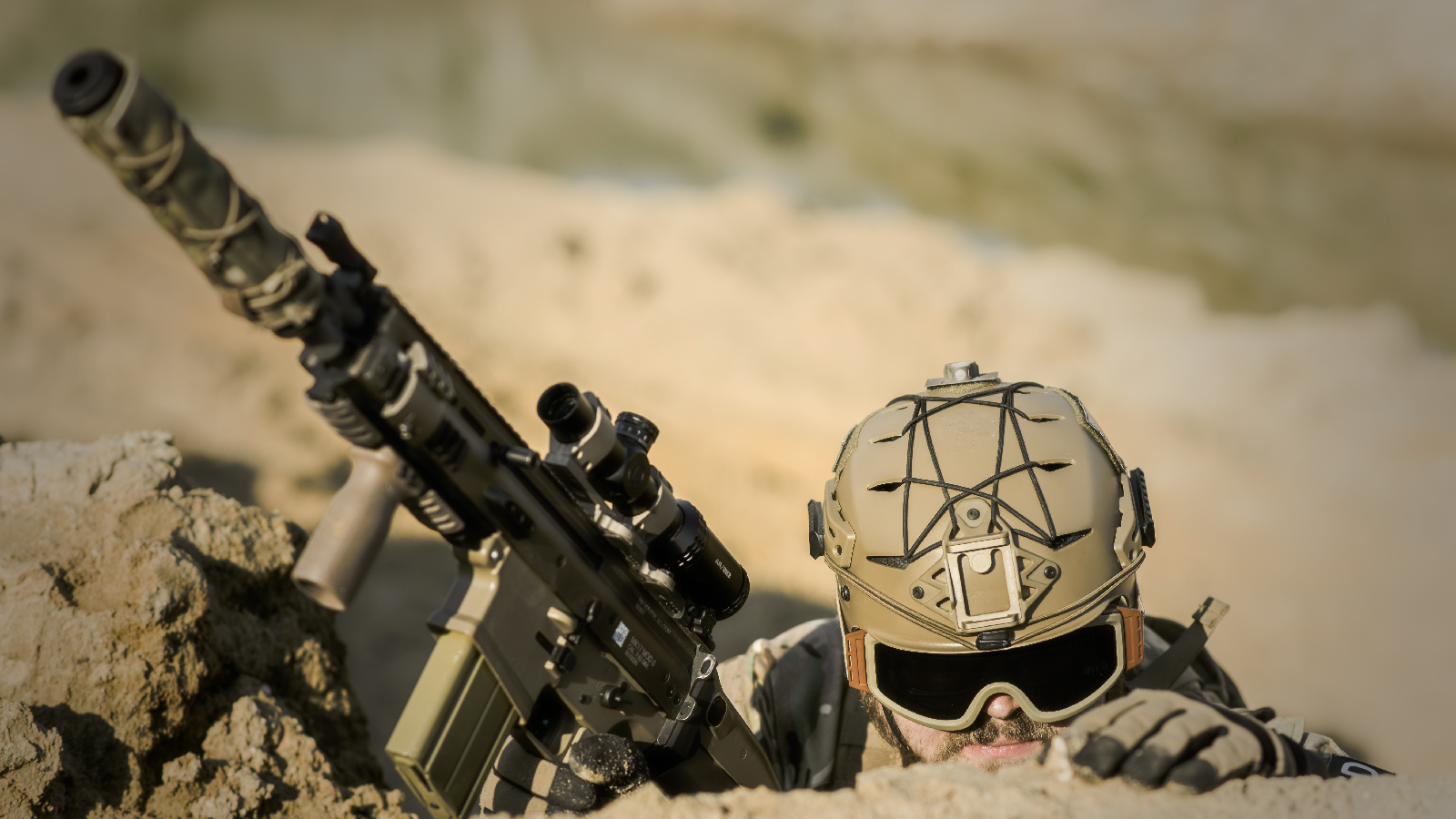In the early days of the Cold War, the U.S. slowly woke up to the idea that the Soviets had placed scores of listening devices in American facilities in Europe and Russia -- including one famously discovered in the Great Seal in the U.S. Embassy in Moscow.
The CIA was up to similar shenanigans, but on the defensive end, in addition to regular bug hunts, U.S. technical experts came up with a novel tactic to thwart their Cold War foes: A special room-within-a-room would be built within the facilities where officials could have sensitive discussions. The thinking was that even if the facility had been compromised, the listening devices still wouldn't be able to hear what was going on inside the "acoustic conference rooms (ACR)" or "bubbles," as the rooms came to be called. (These are the early ancestors of modern SCIFs.)
The first bubbles were 12 feet by 15 feet, or 12 feet by 20 feet, and had five inches of space between two layers of walls, according to a State Department history. In 1960, the first bubble was installed in the U.S. Embassy in Moscow and soon spread to "all major and sensitive posts abroad."
This created a problem for the Soviets: How do you get a bug inside an acoustic structure designed specifically to defeat it?
Some enterprising Romanian intelligence officer in Bucharest came up with a solution: you let the Americans bring it in for you. From the State Department history:
“In 1969, Harry G. Barnes, Jr., Deputy Chief of Mission in Bucharest, Romania, called a classified conference, which met in the ‘bubble.’ [State Department Office of Security] officer Lou Grob was monitoring the meeting from another room and heard the conversation. He immediately informed the Administration Officer... that there was a bug in the ACR. After searching, they found something resembling Don Adams’s ‘shoe phone’ from the 1960s television series Get Smart! — the bug was located in the heel of Barnes’s shoe. Barnes had had the butler take his shoes out to be modified, and someone had installed the bug in the process. After this incident, [Office of Security] officers covered ACRs with Reynolds plastic wrap to reduce the radiation of low-power devices such as shoe bugs until the proper security modifications could be made.”
[Do you have a tip or question for Code and Dagger? Reach us at CodeAndDagger@protonmail.com. And if you like what you read and want to help keep the site running (kind of) smoothly, click here to learn how you can support the site. ]













